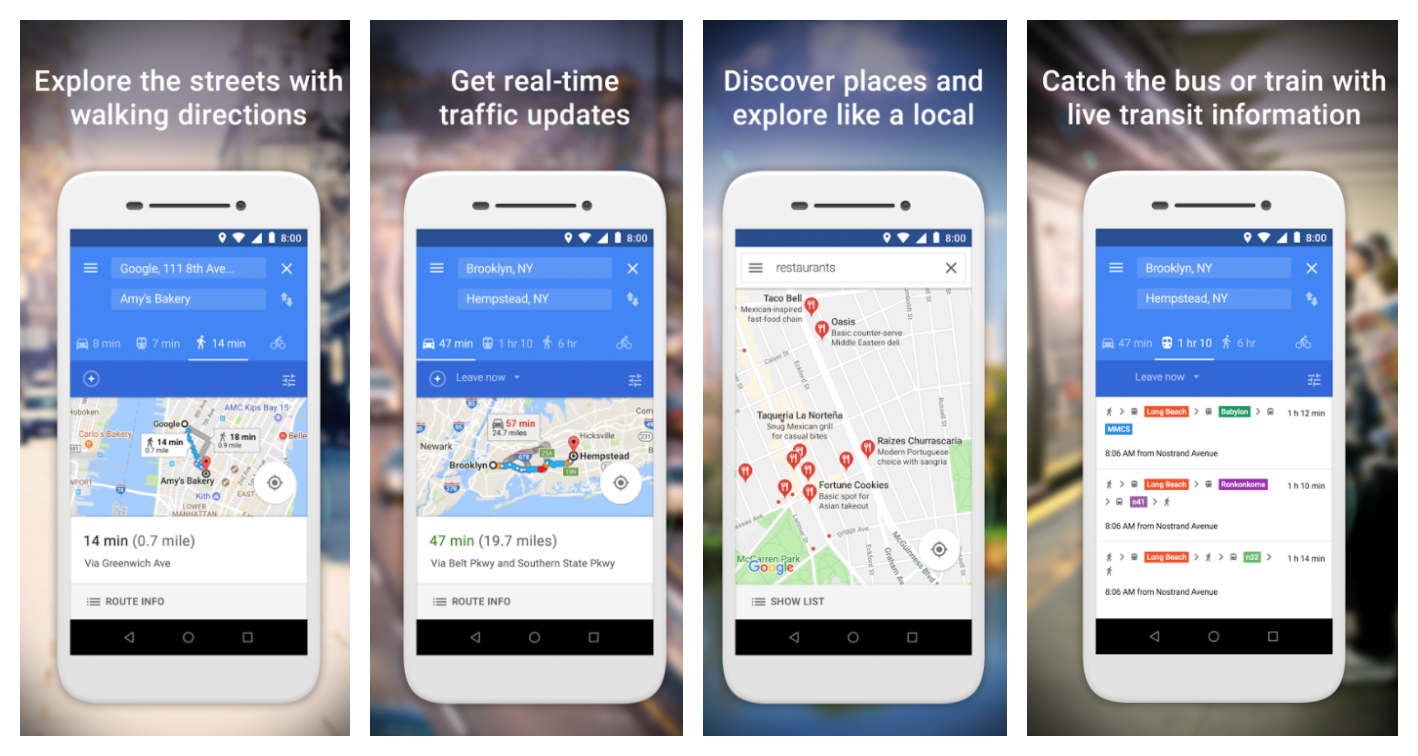
Google trims down its Maps app for entry-level smartphones

If you have a smartphone with 1GB or less RAM, you would know how the device gets sluggish the moment you try to run more than a couple of apps at once. For such devices, Google has now released a pared-down version of its popular navigation app. Called Google Maps Go, the app is now available on Play Store for Android phones with limited memory.
As such, not everybody would be able to install Google Maps Go; it is primarily designed for Android Go devices. If you have a phone with a 3GB or 4GB memory, you will simply see a message that the app is not compatible with your device! Google says that the app will also function smoothly in places with unreliable networks. Since the app needs minimal data to function, the speed at which you get updates would not be compromised.
Popular on Geoawesomeness: Google Maps vs. Apple Maps: Report card of a year-long comparison
Google Maps Go packs in all the usual features you would want from a navigation app: real-time traffic updates, directions, transit information, walking directions, et al. The app promises to give you accurate maps in 200 countries and territories, with detailed business information for more than 100 million places of business. To give you information about the trains, buses and other in-city transit options, the app is pulling in data from around 7,000 agencies and 3.8 million stations in 20,000 towns and cities.
Also read: Google Maps gets a color-coded makeover for enhanced location discovery
With the app, Google says you can:
- Discover places and explore new places
- Search and find local restaurants, businesses, and other nearby places
- Decide on the best places to go with reviews, ratings, and pictures of food
- Find the phone number and address to a place
- Save places you want to or visit often, and quickly find them later from your mobile
Though the app is available in more than 70 languages, Google’s key markets for Go would be developing nations like India and Brazil. If you have installed and used Go, we would love to know more about your experience with the app. Leave your comments below!







